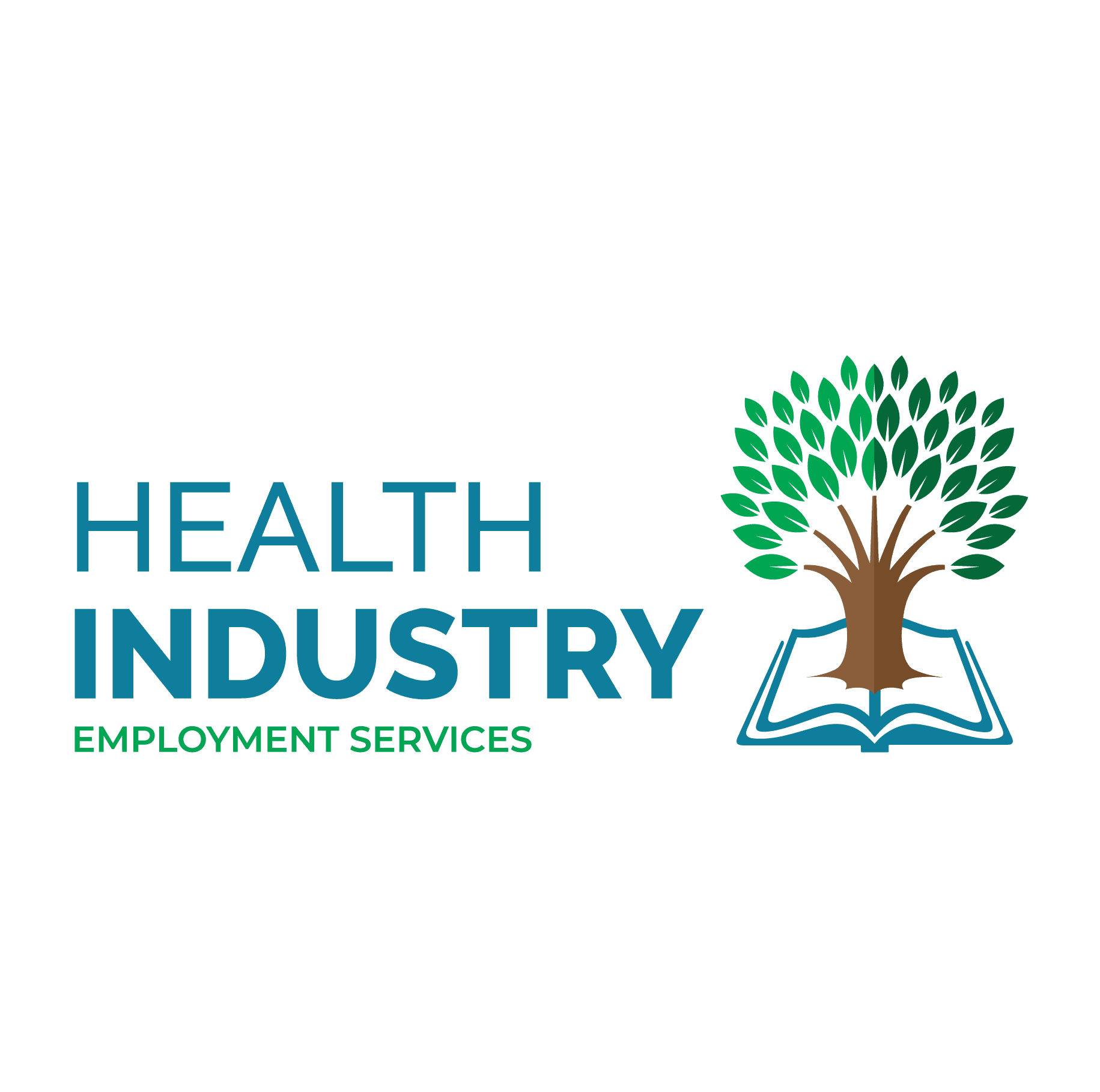Psychosocial Hazard – Job Demand and Workload
As an employer you have a duty of care to be aware of potential hazards in the workplace, even those that can lead to stress, anxiety, depression or mental health also known as Psychosocial Hazards.
One common psychosocial hazard found in private practice is referred to as Job Demand or workload.
This can include:
- High job demand – sustained high physical, psychological, or mental effort
- Low job demand – sustained low levels of effort
Things that can contribute to this psychosocial hazard risk are:
- Excessive work demands and being required to complete tasks in little time
- Staff working long hours without enough breaks
- Staff having unrealistic deadlines placed upon them that aren’t achievable
- Staff being expected to complete tasks that they don’t have the skills and training to complete
- Staff have long idle periods or inability to complete work due to waiting on resources etc
- Staff have to complete monotonous or repetitive tasks
While these may seem common place in a Private Practice environment, you have a duty to reduce the risk of harm from this hazard as much as practicable.
Here are some practical examples:
- Understand risks specific to your team
- Consult with your employees to understand their pain points, and what efficiencies and improvements could be made specific to the needs of your practice.
- Communicate expectations
- Have clear job descriptions in place and communicate the expected outcomes from your employees.
- Consider if the expected outcome is realistic and achievable.
- Communicating expectations allows employees to feel confident in what they need to achieve and helps with prioritisation.
- Work design and planning
- Consider your workforce planning and rostering to ensure tasks could be distributed to reduce demand and allow for breaks.
- Are there processes that could be implemented to reduce workload or support employees to complete tasks more easily?
- e.g automation, removing unnecessary tasks, having procedures in place to reduce cognitive load in making decisions, etc.
- Training and Skill Development
- Providing training and skill development can be a control for both high and low job demand. Ensuring employees are well equipped, confident and, capable in performing their role will control for stress from high job demand. Providing upskilling and professional development can control for low job demand by creating new opportunities.
- Identify areas which need further support e.g. prioritisation, specific task training, dealing with difficult patients etc.
- Culture and Environment
- Foster a supportive culture and environment, where employees know where to go for help.
- Train your employees to be able to identify psychosocial risks and how they can manage them.
- Encourage your team to access any accrued leave to promote work life balance and time for rest.
- Encourage your employees to seek assistance including an EAP service if available.
- Check with your employees regularly about how they are going, and intervene early if you suspect someone may be struggling.
- Celebrate successes and provide regular feedback.
You can use these examples as a starting point for your practice. Job demand is one of several common factors found to contribute to psychological injuries in the workplace and you should take the time to identify and assess what others may be relevant to your practice.
You can find more information about managing psychosocial hazards in your practice at Safework Australia, your relevant state authority or from organisations such as Beyond Blue and Black Dog Institute. If you have questions or queries regarding psychosocial hazards at your practice the team at HIES can assist.



